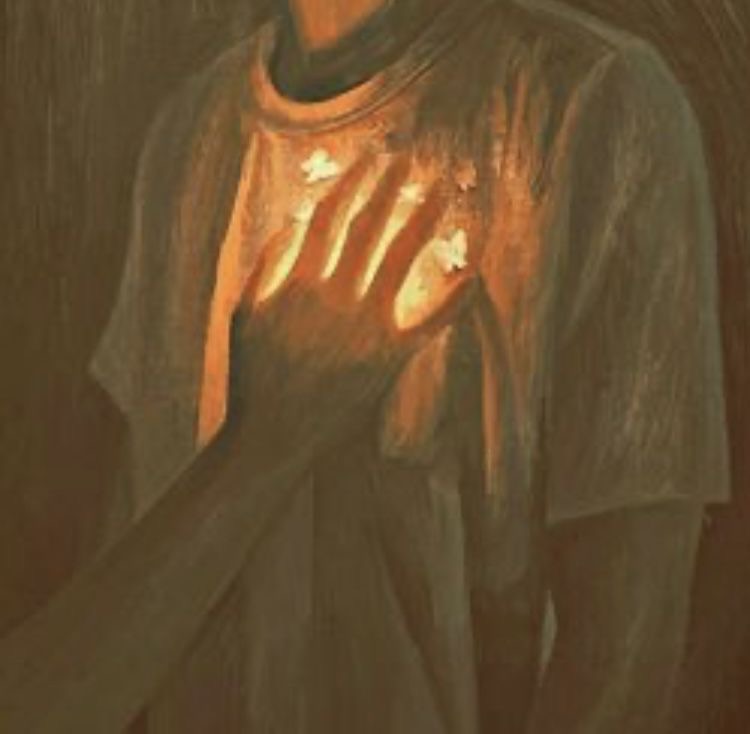Abreaction vs. Catharsis: The Two Faces of Emotional Release

In psychology, it is often said that what the mind cannot express, the body remembers. Unresolved emotions like grief, anger, guilt, or fear, they do not simply vanish; they linger beneath the surface, shaping our thoughts, reactions, and relationships.
To truly heal, these buried emotions must find expression. This is where the twin processes of abreaction and catharsis come into play, two interconnected yet distinct stages of emotional release and healing.
Abreaction: Reliving the Repressed
Abreaction is the process of expressing or re-experiencing suppressed emotions, memories, or conflicts. It involves bringing repressed material from the unconscious mind into conscious awareness but often with the same emotional intensity that accompanied the original experience.
During abreaction, a person doesn’t just recall a painful event; they relive it. The body and mind may react as though the experience is happening again through tears, trembling, anger, or even physical sensations can emerge. This can occur spontaneously, through dreams or triggers, or in a safe therapeutic environment guided by a trained professional. The goal is not to suffer again but to release what was once locked away, to give unspoken pain a voice.
Sigmund Freud and Josef Breuer first used the term while describing how patients in a hypnotic state re-experienced traumatic memories and released the associated emotions. They believed that this emotional discharge helped dissolve the psychological tension that had built up over time.
Catharsis: The Cleansing That Follows
Catharsis is what comes after abreaction, the emotional purification or relief that follows the expression of pent-up feelings. It’s the deep exhale after holding one’s breath for too long. Once the emotions have been expressed, a person may feel lighter, calmer, and more in control.
Catharsis allows for integration, means the mind can now make sense of what happened without the weight of repression. This newfound clarity often leads to self-awareness and personal growth. It’s the moment when pain transforms into understanding, and emotional chaos begins to settle into peace.
Together They Heal
In essence, abreaction is the storm, the emotional surge that brings everything buried to the surface. Catharsis is the clear sky that follows, the soothing calm that allows healing to take root. Both are essential — one releases, the other restores.
Emotional healing is not about forgetting the past but about freeing yourself from its grip. Through abreaction and catharsis, we give ourselves permission to feel, to release, and to begin again and become lighter, clearer, and more whole.



Comments (0)